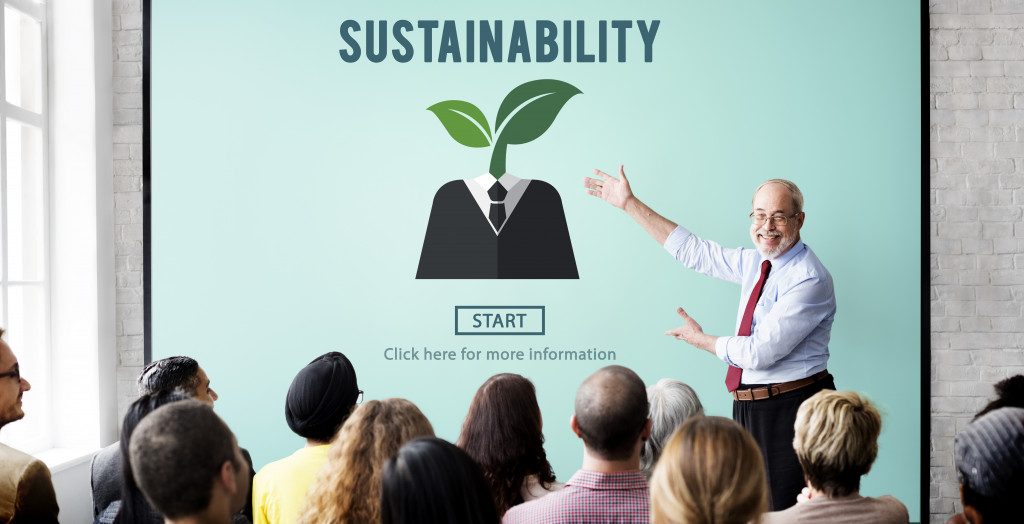When it comes to environmental initiatives, businesses are at the forefront of the movement. As consumers become more conscious of their impact on the planet, they demand that the businesses they patronize reflect their values. In response, many companies adopt sustainable practices to remain competitive and appeal to this growing market segment.
One way businesses can bring about sustainability is by implementing remediation strategies. Remediation is removing or cleaning up soil, water, or air contamination. People can use them to clean up sites contaminated by hazardous waste or spills.
By using best practices for remediation, companies can mitigate any harmful effects on the environment and avoid costly fines and lawsuits. Here are some essential best practices for effective remediation:
Use the right technology.
There are different types of remediation technologies available, and businesses need to choose the most appropriate one for the kind of contamination getting addressed. For example, you can use nanosponge technology to remove oil spills from water, while bioremediation helps clean up contaminated soil.
The right technology can make all the difference in effectiveness and cost depending on the contamination. That’s why companies need to carefully research and evaluate their options before deciding which remediation techniques to use.
When the right technology gets used, it can help businesses save money while protecting the environment. It’s a win-win situation.
Work with a reputable remediation company.
Many companies offer remediation services, but not all of them are created equal. Some companies may cut corners or use subpar equipment, leading to ineffective remediation and potentially even more environmental damage. That’s why it’s crucial for businesses to partner with a reputable remediation company with a strong track record of success.
But how can you tell if a company is reputable or not? One way is to look at their certifications and accreditations — for example, does their work comply with EPA regulations? Are they members of any industry organizations that set best practices for the field? Do they have a record of positive reviews from past clients?
By choosing a trusted remediation company, businesses can be confident that their remediation efforts will be effective, legal, and sustainable.
Monitor site conditions
Monitoring site conditions is an essential consideration in any remediation practice. Over time, many factors can affect the condition of a contaminant site and make it challenging to remediate. Additionally, unforeseen chemical reactions or interactions between different materials could lead to unexpected results during cleanup efforts.
Therefore, it is essential to regularly monitor site conditions throughout the remediation process to be effective. Doing so allows for timely adjustments and interventions to prevent setbacks or delays in progress.
Corporate practices for monitoring site conditions should be carefully developed and implemented by experienced professionals who understand both remediation practices and environmental assessment methods. This way, sites are given the best chance possible for successful remediation and restored ecological balance.

Follow safety protocols
It’s essential to follow safety protocols when it comes to environmental remediation. It is especially true in a corporate setting, where other people may work in close proximity. By following the proper safety procedures, you can help to ensure that everyone stays safe and healthy.
Some of the most crucial safety protocols include wearing the proper Personal Protective Equipment (PPE), using caution when handling hazardous materials, and following all local, state, and federal regulations.
As simple as taking these precautions, you can help create a safe work environment for everyone involved in the remediation process.
Keep accurate records
Last but not least, businesses need to keep accurate records of their remediation efforts. Maintaining meticulous documentation helps ensure that the work gets done correctly and provides a valuable resource for future reference.
Some things businesses should document include the type of contamination present, the location of the contamination, the technology used for remediation, the results of monitoring site conditions, and any regulatory and legal requirements for compliance.
With accurate records throughout the process, businesses can ensure that their remediation efforts are successful, legal, and sustainable in the long term. Additionally, it can help identify potential problems early on, allowing corrective action before any damage gets done. By having a clear understanding of what was in the past, companies can make informed decisions about how to proceed in the future.
Plus, it can help consumers and investors feel confident about the company’s commitment to environmental stewardship. As a result, these can help protect the environment and the business’s bottom line.
When it comes to environmental remediation, businesses need to take a holistic and responsible approach. With the use of the appropriate methods, collaborating with professionals, tracking progress, following the best techniques, and preparing documentation, businesses can ensure that their remediation efforts are successful and sustainable in the long term.






